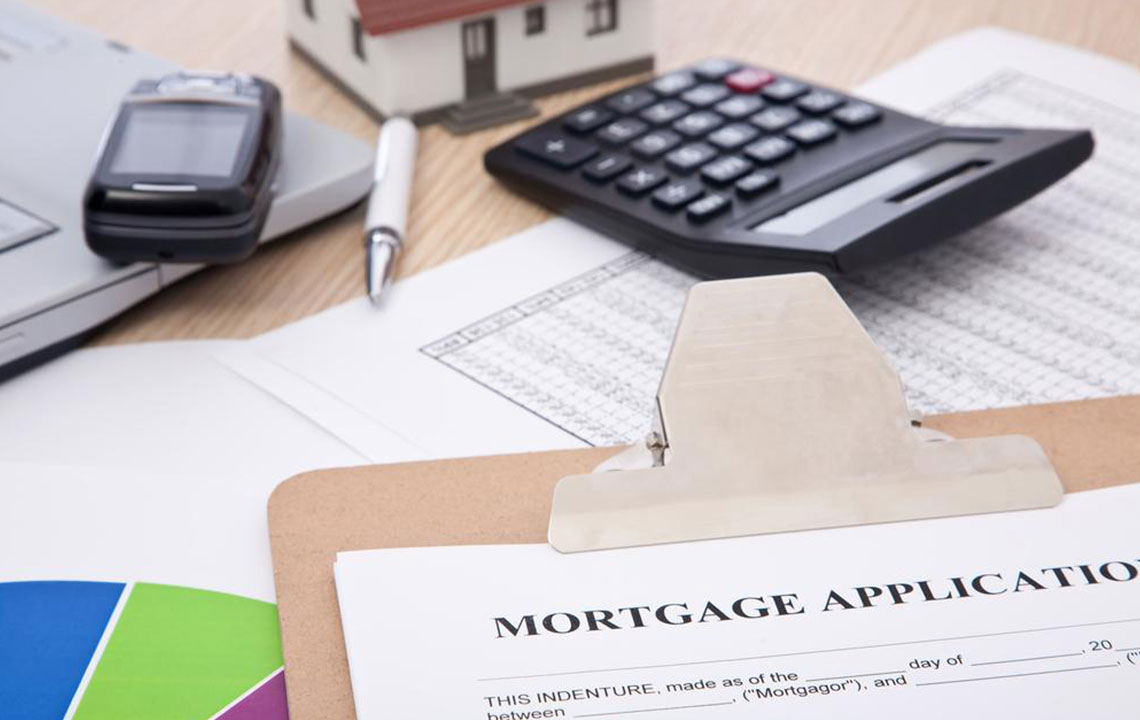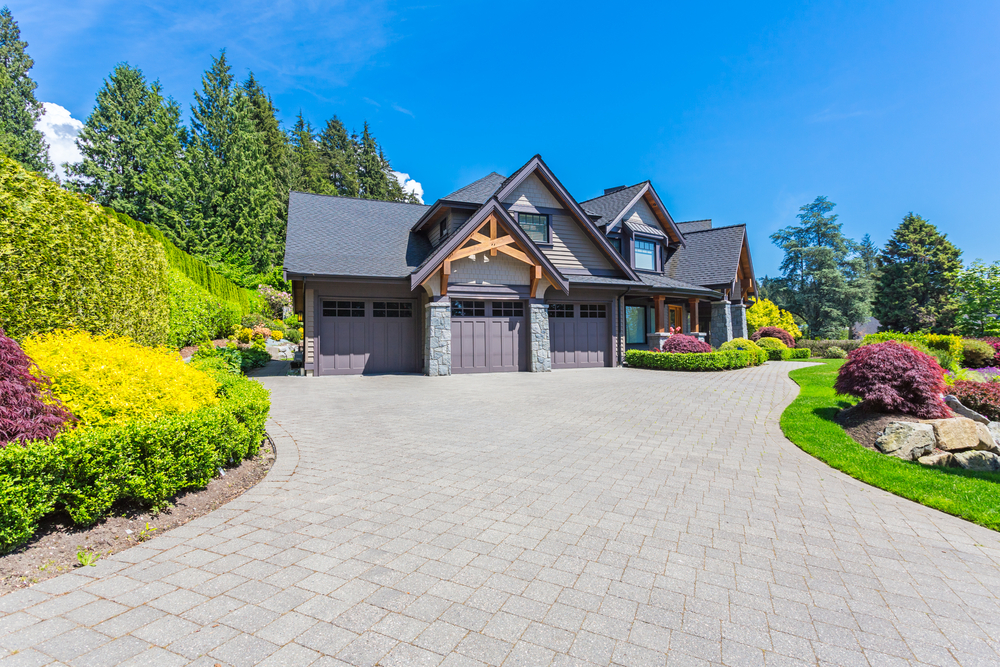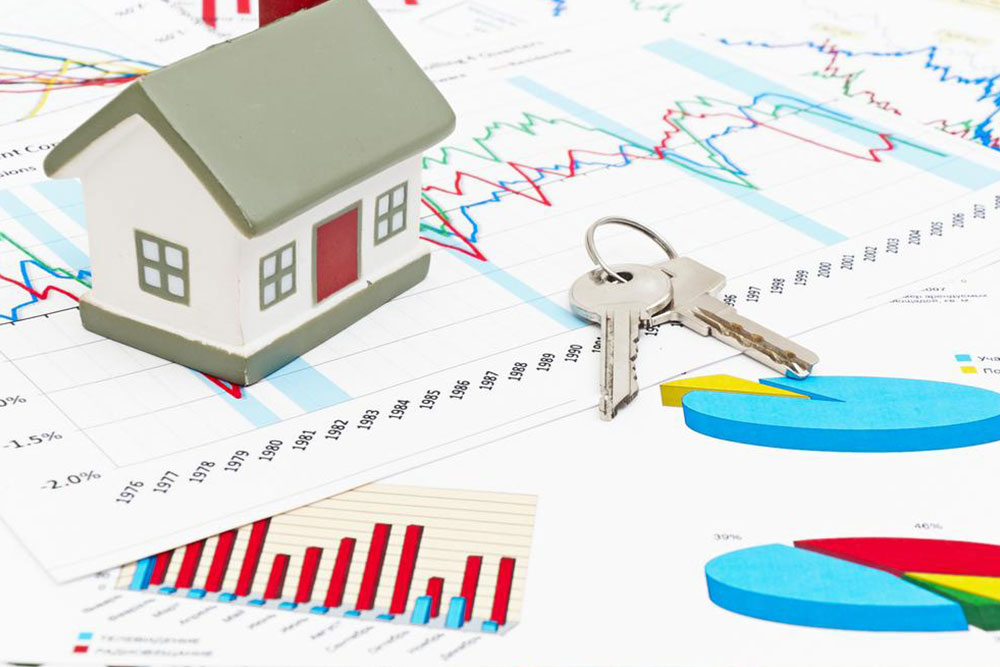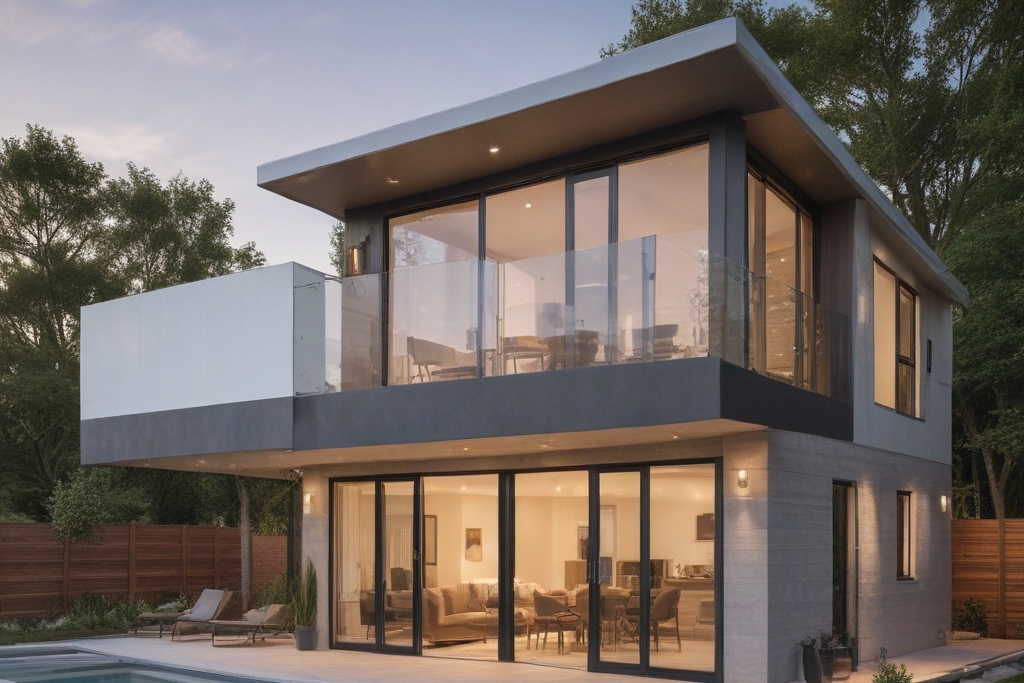Comprehensive Guide to Prefabricated Modular Homes: Innovations, Benefits, and Construction Insights
This comprehensive guide explores the world of prefabricated modular homes, highlighting their types, benefits, construction process, financing options, and latest innovations. Learn how modular homes combine efficiency, customization, and cost savings to revolutionize modern living. Perfect for prospective homeowners and industry professionals seeking detailed insights into this growing housing trend.
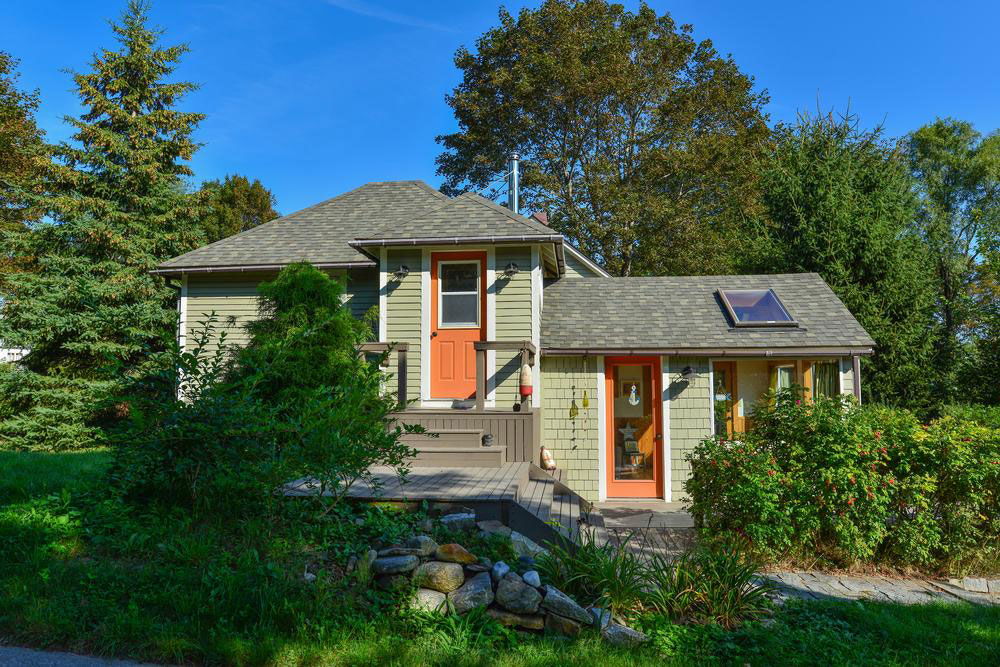
Comprehensive Guide to Prefabricated Modular Homes: Innovations, Benefits, and Construction Insights
In recent years, prefabricated modular homes have revolutionized the housing industry, offering an innovative and efficient alternative to traditional construction. These homes are engineered through a process where key sections or modules are constructed indoors within factories, allowing for precise manufacturing control and quality assurance. The modules are then transported to the building site, where a skilled contractor assembles them onto a foundation, finalizing the structure. This approach not only accelerates the construction timeline but also enhances quality and precision, making modular homes an increasingly popular choice among prospective homeowners seeking both affordability and customization.
Understanding Modular Home Types and Design Options
Modular homes come in a wide array of styles and architectural designs. They often resemble traditional homes, ensuring they blend seamlessly into established neighborhoods. Popular styles include Cape Cod, Ranch, Colonial, and contemporary designs that feature sleek, modern aesthetics. Advances in construction technology have enabled builders to craft luxurious, high-end modular residences indistinguishable from traditionally built homes. Customization is a key benefit; homeowners can modify layouts by removing or relocating non-structural walls, as well as add features such as attics, garages, porches, and outdoor living spaces. These customizable options allow for personalized homes that suit specific needs, lifestyles, and budgets, all while maintaining the efficiency that modular construction offers.Financing and Cost Considerations for Modular Homes
Securing financing for modular homes is similar to traditional home loans. Buyers typically obtain construction loans that release funds in stages aligned with project milestones—such as completion of manufactured modules, foundation, and final assembly. Once the modular home construction is complete and all inspections are successfully passed, the loan transitions into a standard mortgage, enabling the homeowner to take full possession of their new house. Cost-wise, modular homes tend to be more affordable, usually costing approximately 11% less than comparable traditional homes. This cost savings stems from efficient manufacturing processes, reduced waste, and faster construction timelines, which collectively lower labor and material expenses.Key Benefits of Modular Homes
One of the main advantages of modular homes is the superior quality control achieved through factory-based manufacturing. Unlike on-site construction, where weather disruptions and site conditions can affect quality, factory environments allow for meticulous inspections at every stage. Each module undergoes multiple quality checks, ensuring durability, precision, and craftsmanship before transportation. Additionally, indoor construction eliminates weather-related delays, significantly speeding up the overall build process. Cost efficiency is another major perk; due to streamlined production and reduced waste, modular homes typically cost less than traditional counterparts. They also offer environmental benefits, including energy-efficient building practices and sustainable materials, which contribute to lower ongoing utility costs.Further, modular homes are increasingly customizable, accommodating a diverse range of architectural styles and interior layouts. This flexibility helps meet the unique preferences of homeowners while adhering to local building codes and regulations. The construction process can be completed in a matter of weeks—much faster than conventional construction—reducing the time homeowners have to wait before moving into their new residence. These advantages make modular homes an attractive solution for those seeking quick, cost-effective, and high-quality housing options.
As the industry continues to innovate, modular home builders are introducing luxury features, eco-friendly materials, and smart home integrations to appeal to modern buyers. Whether you're a first-time homeowner, looking to expand your property portfolio, or seeking a sustainable living option, modular homes offer a versatile and forward-thinking alternative to traditional building methods. Understanding the entire process—from design and customization to financing and construction—can empower buyers to make informed decisions and enjoy the benefits of this emerging housing trend.
For anyone interested in more efficient, cost-effective, and highly customizable housing options, modular homes represent an excellent investment. As building codes evolve and manufacturers push the boundaries of design, the future of prefabricated modular homes looks incredibly promising. From standalone family houses to multi-family complexes, modular construction holds the potential to address housing shortages, reduce environmental impact, and deliver high-quality living spaces more rapidly than ever before.
